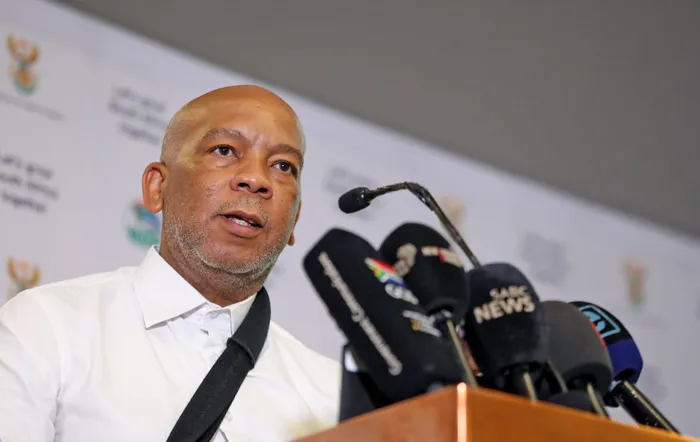MOU means electricity minister gets more power

Minister of Electricity Kgosientsho Ramokgopa. Picture: Oupa Mokoena / Independent Newspapers
Energy experts say the Memorandum of Understanding (MOU) outlining the powers of the Minister of Electricity has given him more capacity to address the issue of load shedding.
With the rights and responsibilities clearer, they said, the minister could now move more swiftly in addressing this challenge.
Last week the Presidency announced that President Cyril Ramaphosa had approved a MOU entered into by Minister of Public Enterprises Pravin Gordhan and Minister of Electricity Kgosientsho Ramokgopa.
The MOU aimed to better clarify the respective responsibilities of the two ministers with respect to Eskom and the resolution of the electricity crisis.
While Ramokgopa was appointed almost 10 months ago, his roles and responsibilities had been unclear.
The management of the country’s energy sectors overlaps between three departments – minister in the Presidency responsible for Electricity, the Department of Public Enterprises and the Department of Mineral Resources and Energy (DMRE).
The Presidency said in terms of the MOU, the minister of Electricity must focus full-time on all aspects of the electricity crisis and the work of the National Energy Crisis Committee.
He must “exercise authority over the Eskom board and management on ending load shedding and ensure that the Energy Action Plan is implemented without delay.
“Improve generation capacity and the purchase of additional capacity.
“Oversee implementation of the Eskom Generation Recovery Plan.
“Ensure that the generation fleet performs optimally and results in security of supply and low level of load shedding,” it said.
The MOU stipulated that the minister of Public Enterprises will remain the shareholder representative of Eskom, support and assist the minister of Electricity in his interactions with the board, steer the restructuring of Eskom in line with its roadmap and ensure the establishment and operationalisation of the transmission company.
While energy experts were divided on how much power the MOU gives Ramokgopa in light of the fact that the DMRE was not part of it, they said it did offer clarity on the job that the Electricity minister was expected to do.
Energy commentator Craig Morkel, CEO of a “technologygnostic” energy project development company, iKapa Energy, said: “This (MOU) clarifies the minister’s powers in terms of the medium and short-term objectives in the implementation of the Energy Action Plan. There will be less red tape, meaning the minister can move with more speed in ending load shedding.”
Chris Yelland, another energy expert, said Ramokgopa’s interaction with Eskom was now more clear.
“The powers of the Electricity minister are clarified in that previously, we heard he’d need the permission of other ministers to visit Eskom power stations. This now makes it clear that Eskom is under his authority and as such he can engage with the board,”
Yelland said, adding that previously it was difficult to lay the blame of load shedding on him when he had no control of the situation.
Yelland said clarification was still needed regarding the role of the DMRE. “Just last week the DMRE gazetted the Integrated Resource Plan, so that department is still in control of that process, so how do you end load shedding without the control of such process to procure new energy?”
The Mercury